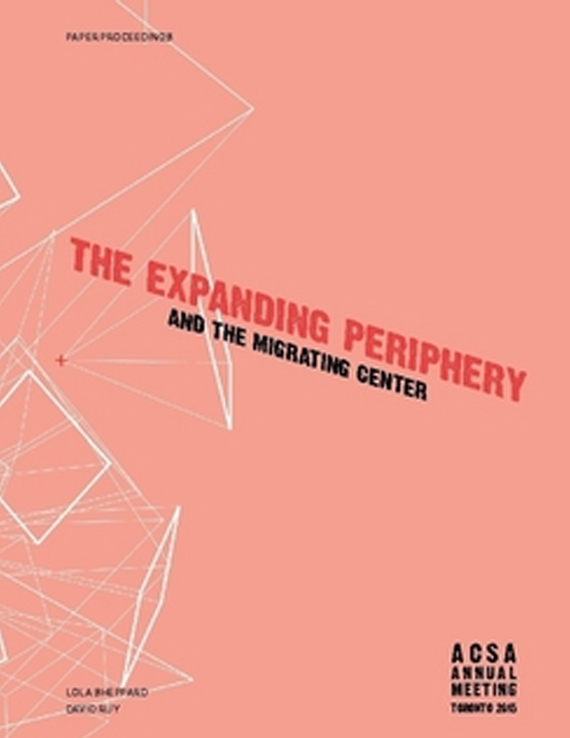Author(s): Thomas Rivard
Much contemporary architectural practice posits the City as an agglomeration of built fabric and its resultant spaces; congruent theories of place attempt to discern opportunities and create methodologies to engage with this fabric. These theories of urbanism are reacting to a socio-economic culture that demands precision, rationality and above all clarity, producing a spatial realm increasingly branded, deracinated and politically circumscribed – defined and delineated to its material limits.Architectural pedagogy is often discredited because of its service to this immutability: form reduced to image, function bargained down to economics, space subsumed into spectacle. Contemporary theories of the architecture though reveal the City to be fluctuating, multifunctional and ever-changing – demanding a conceptual incompletion that affords personal expression and individual interpretation.To overcome this gap between generative practice and analytic theory demands a shift from description to interpretation, and a corresponding transformation to methods of thinking that do not demand a perfect answer.Urban Islands is an independent intensive studio program run for two weeks each July on Sydney’s Cockatoo Island. The studios are run by emerging architects selected from around the world, and engage masters students from 6 different Australian Universities, in an environment meant to unsettle, unmoor and ultimately, enlighten. Deliberately eschewing linear and hermetic modes of studio discourse and instruction, the program instead adopts strategies of wandering and migration to create an immersive investigative environment.Urban Islands utilizes narrative, fiction and a hermeneutical approach to education to re-theorise the studio. Subsequent re-readings and misreadings of place offer its participants agency in determining their roles in that space, as well as allowing for new ways to both measure and mark the earth. This paper outlines the constituent conceptual concerns informing the program, illustrated by select examples of work which enmesh analytical theory and creative design practice to propose an expanded geography of the city, one of excisions and allegory and, most importantly, one wide open to interpretation.
Volume Editors
David Ruy & Lola Sheppard
ISBN
978-0-935502-95-4

 Study Architecture
Study Architecture  ProPEL
ProPEL 
